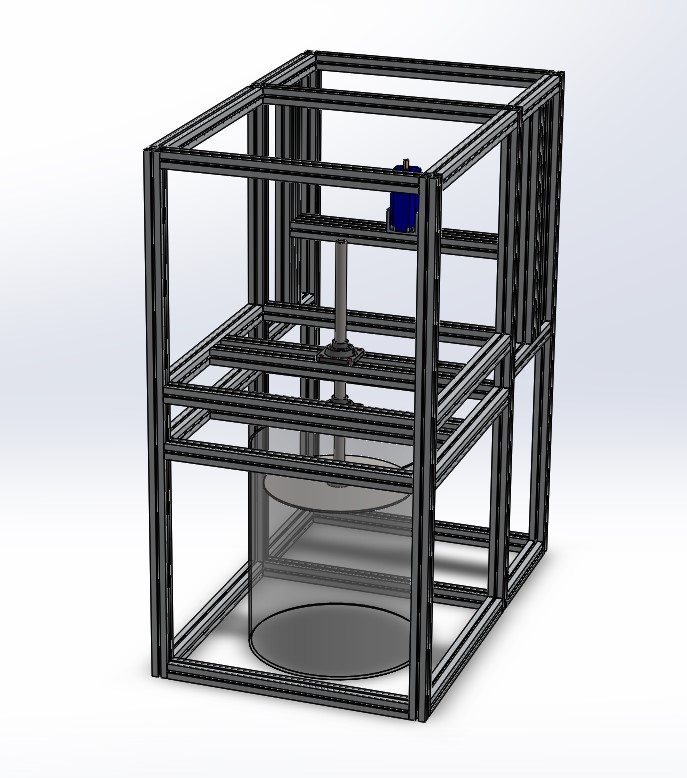UPC
Barcelona Test Rig
ABOUT
A new laboratory test rig will be designed and built in UPC’s premises. The main objective of this new rig is:
- Study the fluid structure interaction (FSI) of simple rotating structures
- Test different sensors for both the fluid and the structural domains
- Design and test acquisition and postprocessing algorithms and tools
The intensive use of this relatively simple rig will be of great use to de-risk the three main test campaigns scheduled within AFC4Hydro project’s lifetime (Älvkarleby laboratory, Porjus power plant and Oksla power plant).
The rig will be located in the Barcelona Fluids and Energy Lab and will consist of:
- A 488 mm internal diameter and 600 mm long plexiglass tank (0.112 m3) which will be used to submerge the test sample under study.
- An aluminium reaction frame to fix the test sample in position. It should be reconfigurable and able to locate external sensors and monitoring technologies.
- A test sample which will consist of a hollow shaft connected to a disc.
A programmable, variable speed DC motor will rotate the test sample and will allow the study of transient phenomena.
Single point sensors such as accelerometers, proximity probes, pressure gauges or strain gauges together with more distributed ones such as PZT sensors or fibre optics and non-intrusive technologies such as lasers or video imagery will be tested to study the fluid-structure interaction phenomena in detail.
The test rig will be fully operative during summer 2020 and it will be an invaluable tool to better understand FSI phenomena in rotating structures.
figures

Figure 1-. CAD image during design phase
Figure 2-. Test rig final assembly

